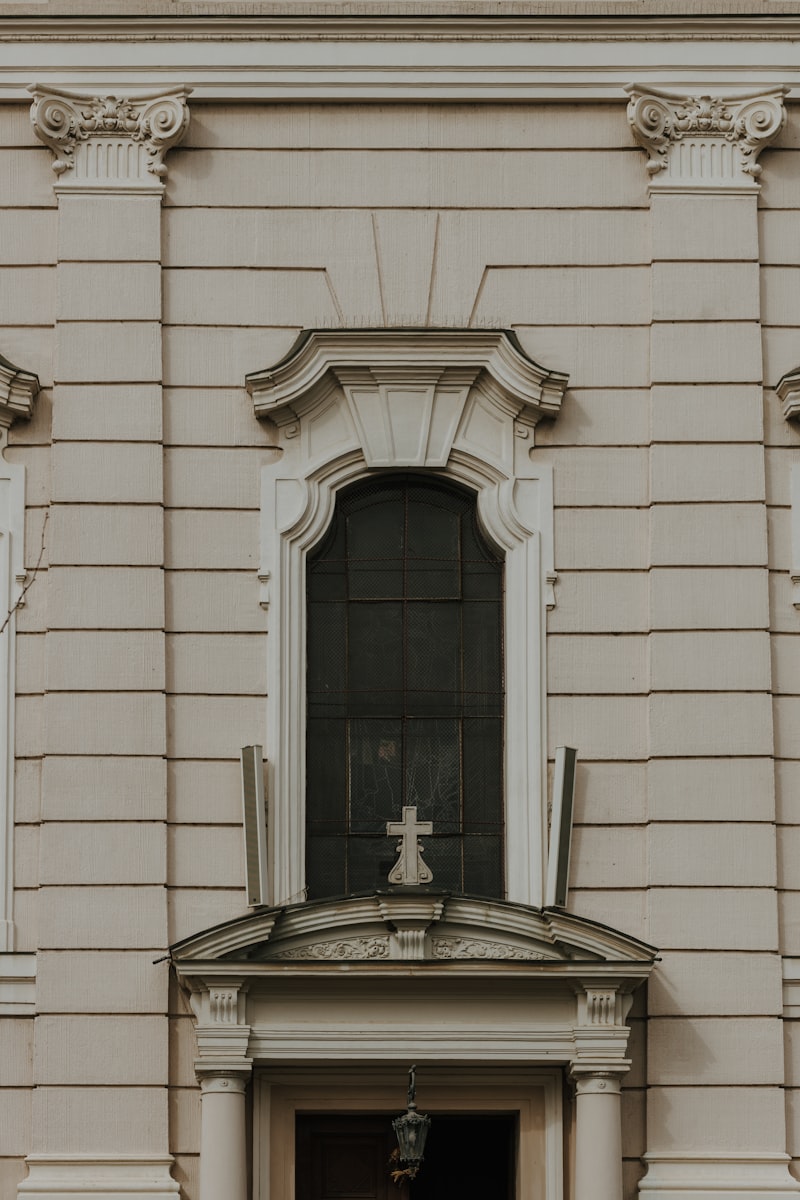Aesthetic Inspirations from Vintage Eras: A Journey Through Time
Aesthetic Inspirations from Vintage Eras: A Journey Through Time
Exploring Aesthetic Inspirations from Vintage Eras
In the realm of design and art, vintage eras offer an endless source of inspiration. From the opulent styles of the Victorian era to the minimalistic vibes of the Mid-Century Modern movement, these distinct periods each tell a unique story. This article delves into aesthetic inspirations drawn from various vintage eras, providing enthusiasts with a comprehensive understanding of how to infuse these styles into modern contexts.
The Rich Palette of the Victorian Era
The Victorian era, spanning from 1837 to 1901, is characterized by elaborate designs and intricate details. Colors during this period were deep and rich, often drawing from nature. Fabrics like velvet and brocade were popular, adorned with floral patterns and intricate weaves.

Many homeowners today are looking back at these vibrant aesthetics to create spaces that feel warm and inviting. Incorporating elements like dark wood furniture, antique mirrors, and ornate light fixtures can provide a vintage charm that transforms any room.
| **Victorian Influences** | **Modern Implementations** |
| Rich color palettes | Utilize deep greens, reds, and golds |
| Ornate detailing | Choose furniture with carvings |
| Victorian patterns | Incorporate floral wallpaper |
By integrating these Victorian influences, one can create a luxurious atmosphere that pays homage to history while remaining contemporary.
Art Deco: The Roaring Twenties Revived
Moving forward in time, the Art Deco movement emerged in the 1920s, showcasing bold geometric patterns, rich colors, and luxurious materials. The use of chrome, glass, and polished wood came to dominate this era, offering a sleek and sophisticated aesthetic.
To incorporate Art Deco inspirations today, consider using geometric patterned wallpapers or metallic accents in your décor. Lighting fixtures that resemble the iconic styles of the 1920s can serve as statement pieces while enhancing the elegance of a space.
Key Characteristics of Art Deco
- Bold geometric shapes
- Luxurious materials like marble and crystal
- Rich colors mixed with metallics
Understanding these characteristics allows designers and decorators to escape the mundane and create something truly breathtaking.
Mid-Century Modern: Simplicity and Functionality
The Mid-Century Modern era, flourishing from the 1940s to the 1960s, emphasizes simplicity, functionality, and a connection to nature. This style encourages clean lines, organic shapes, and a blend of indoor and outdoor living. The color palette often includes muted tones, combined with splashes of bright colors.
To embrace this aesthetic, consider furnishing spaces with sleek furniture pieces that highlight both form and function. Think of pieces by iconic designers like Charles and Ray Eames or George Nelson, which not only serve a purpose but also act as works of art in their own right.
One can easily find ways to amalgamate Mid-Century Modern aesthetics into contemporary spaces by using open floor layouts and large windows to bring in natural light, creating a warm and inviting environment.
The Bohemian Influence: Free-Spirited Decor
Often intertwined with the vintage aesthetic is the Bohemian style, which flourished during the late 1960s and 1970s. Characterized by a free-spirited approach to design, Bohemian decor emphasizes individuality through rich colors, layered textiles, and an eclectic mix of furnishings.
Elevating Spaces with Bohemian Inspiration
- Incorporating a variety of textures, like rattan, silk, and cotton
- Using vibrant rugs and throw pillows
- Displaying artwork and collections from travels
This approach allows for personal expression, making each space unique and inviting. Vintage finds from flea markets or thrift stores can enhance a Bohemian aesthetic, giving rooms character and depth.
Integrating Vintage Eras into Modern Contexts
While each vintage era has its distinct features, the real magic lies in the ability to blend these styles into modern day-to-day living. Here are some suggestions for effectively combining vintage aesthetics with contemporary design:
- Focus on Key Pieces: Invest in iconic furniture or decoration items that define an era, such as a Victorian armchair or an Art Deco lamp.
- Mix and Match: Don’t be afraid to cross eras. A Mid-Century modern table can be elegantly paired with Victorian chairs for an eclectic look.
- Stay Cohesive: While mixing styles, ensure there’s a cohesive color palette or theme to tie everything together, creating a harmonious flow throughout the space.
Finding the right balance will result in a stylish and timeless environment that reflects one's personal taste and appreciation for the beauty of past eras.
Conclusion: The Timeless Appeal of Vintage Aesthetics
Vintage aesthetics continue to inspire modern design, providing a rich tapestry of styles to explore. The Victorian era, Art Deco, Mid-Century Modern, and Bohemian styles are just a few examples of how past influences shape contemporary spaces. When integrating these aesthetics, the key lies in understanding their unique characteristics while allowing personal creativity to shine.
As you embark on incorporating these styles into your living spaces, remember to appreciate not only the visual allure but also the stories and history behind each piece. Aim for a celebration of the past through modern interpretations—creating a home that is both stylish and steeped in history.
In your journey to infuse your living environment with aesthetic inspirations from vintage eras, embrace the beauty of diversity and craftsmanship. Happy decorating!
